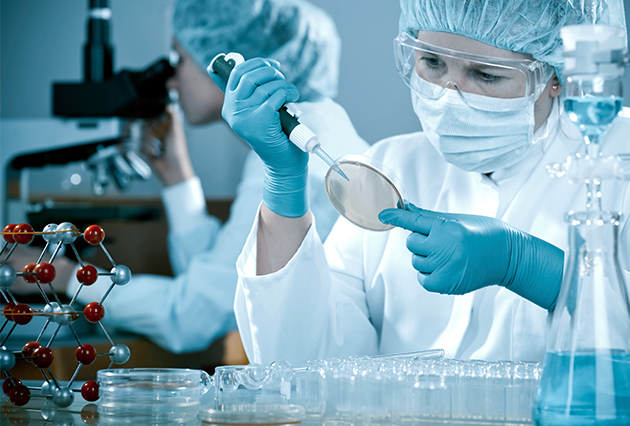Managing hazard and risk
All human activities have to be conducted following a number of common-sense rules in order to avoid taking unnecessary risks. Similarly, all chemicals have to be used for the purposes they are intended for, so as to protect the consumer and the environment from any unacceptable risk.
The same goes for aromatics; they are safe for all their intended uses, but if they are not used or handled properly, they can have an adverse impact on the environment as well as on human health and safety.

Not only the aromatics industry but the whole chemical industry is committed to continuous improvement in all aspects of health, safety and environmental performance. This commitment is called Responsible Care and includes Product Stewardship, a way to monitor and minimise the potential adverse impact of products on human health and the environment. The industry gives the highest priority to the safety of its products with strict and detailed instructions for safe use, handling, transportation, processing and disposal.
Key factors in deciding whether chemicals could harm human health or the environment are hazard and risk.
What is the difference between hazard and risk?
The hazard associated with a chemical is its intrinsic ability to cause an adverse effect. Risk is the chance that such effects will occur. For example, whilst a chemical may have hazardous properties, provided it is handled safely under contained conditions, then any risk to human health or the environment will be extremely low.
Almost all human activities involve some level of risk: the key is to ensure that the benefit outweighs the risk. The use of fire by humans is an interesting example of optimising the balance between hazard and risk. Fire has played a vital role in the evolution of our species, allowing us to eat a wider range of foods, and live in colder climates than would otherwise have been possible. It is nonetheless extremely hazardous and must be used under carefully controlled conditions to keep risks to a minimum.
Are risks associated with chemicals such as aromatics assessed in any way?
Risk assessment examines the hazardous properties of a chemical in the context of human or environmental exposure to that chemical. In other words, it is not enough to know that a substance is “hazardous”; you have to know who or what is exposed to it, in what circumstances, how much, how often, etc. before you can assess the real risks incurred by people or the environment, and then, on the basis of these data, set safe limits and define the necessary precautions when using it or transporting it. Once again, this is something we do unconsciously everyday of our lives; we know, for example, that it would be very risky indeed to light a match while refuelling our car.
The risk assessment establishes that significant margins of safety exist between any exposure and the levels known to cause hazards. Risk assessments are being carried out at the European Union level to ensure that current usage of chemicals is not posing an unacceptable risk to human health or the environment.
Chemicals Management is part of the Responsible Care programme, and involves managing any risks related to chemical products during their whole lifetime, from design to disposal. This aims to achieve the best possible balance between acceptable risk and maximum benefit for society in the short-, medium- and long-term. Governments set the level of the balance in an open dialogue with stakeholders, including consumers and industry.
Click here for more information on chemicals management and risk assessments.
